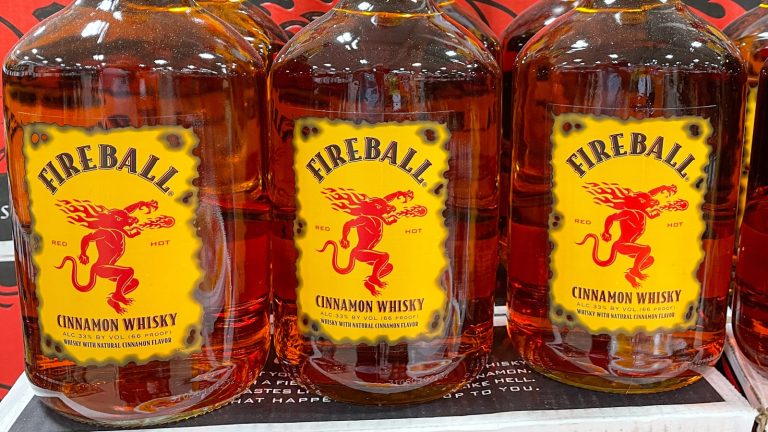Many Easter traditions in America feel like they’ve been around forever. But that’s definitely not the case. Even ones firmly ingrained in holiday culture have an origin story, including those colorful, chewy morsels we call jelly beans. The exact year that jelly beans entered our universe is a bit fuzzy, but we do have a general idea — plus a pretty good guess on why they end up in countless Easter baskets, snack trays, and table decorations every year.
Jelly beans apparently didn’t emerge from an “aha” moment in the brain of a zany confectioner or even an astute marketing wizard. They instead made a slow roll onto the candy scene through culinary evolution. The gummy insides of jelly beans are considered a modern-day version of the Middle Eastern confection known as Turkish delight, which dates back thousands of years. Fans of the “Chronicles of Narnia” books and films may recognize it as the sweet treat that enticed the character Edmund into the White Witch’s lair.
The outer shell of jelly beans came later, but still long before it crossed an ocean to reach the United States. The somewhat crunchy coating reportedly came from a French process called panning, originally performed by hand in the 1600s to coat another sweet treat: almond Jordans. However, the firm link between jelly beans and Easter wasn’t fully realized until the 1930s. That connection may have resulted from their resemblance to small Easter eggs.
Jelly Belly beans transformed the flavor equation
Eggs originally became an enduring symbol of Easter for religious reasons, indicating new life and the resurrection of Christ in traditional Christianity. They also symbolize new life in the Spring season. Decorating Easter eggs has been recorded as far back as the 1200s — which leads some to believe the oval shape of jelly beans are a tiny, tasty nod to that sentiment. They’re certainly easier and less expensive then real eggs, and they come already decorated with brilliant color and a shiny shell.
Throughout the 1900s, the connection grew stronger, finally reaching epic proportions when the century-old Goelitz Candy Company changed jelly beans in a big way. The candy had routinely been flavored on the outer shell only, but the enterprising confectioners injected flavor into the inside as well. That was in 1965, and it transformed the jelly bean industry over the following decade. The Goelitz family introduced flavors like mint, root beer, cream soda, licorice, green apple, and more, rebranding as the now-famous Jelly Belly jelly beans with over 100 flavors.
Now, Goelitz has fourth through seventh generations of the same family working in the business. More than 400,000 people a year visit the company factory, which offers free tours seven days a week. In the overall jelly bean industry, which includes additional brands such as Brach’s Jelly Bird Eggs and Starburst Easter Jelly Beans, it’s estimated that consumers eat 16 billion jelly beans in a wide array of flavors during the annual Easter season.






